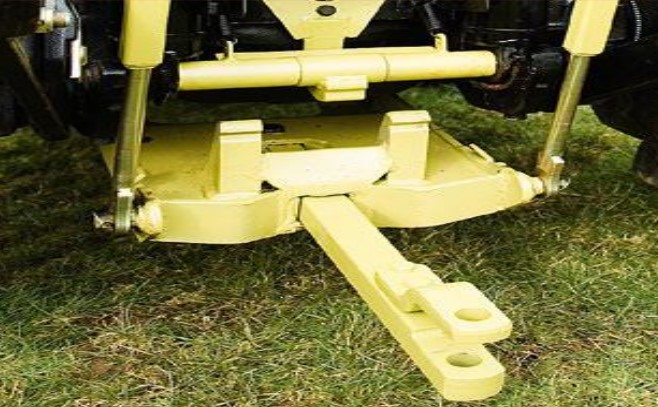Towing a trailer or other implement with a tractor around one’s farm is an essential part of every-day life for most farmers and operators – but when you drive with these onto a public road, stricter rules apply.
In this article, regulations on the legal limit for couplings and secondary couplings on agricultural vehicles on public roads are explored, using advice provided by the Road Safety Authority (RSA).
First off, by way of definition, the authority notes that a coupling is a device used to connect an agricultural tractor to a trailer or piece of interchangeable towed equipment.
Coupling or uncoupling then refers to connecting or disconnecting one’s trailer to or from the towing vehicle. Meanwhile, de-coupling occurs where any of the coupling types (below) become detached from the towing vehicle.
Coupling types include:
- Hook and ring;
- Pin and eye;
- Ball and hitch; and
- Secondary coupling (additional coupling of a safety chain or wire rope, ensuring the trailer remains attached to the vehicle if the primary coupling fails).

According to the RSA, hook and ring couplings are commonly used on Irish agricultural vehicles, and are usually limited to vertical loads (i.e. downward force placed on the hitch) of 3,000kg or less.
Meanwhile, pin and eye couplings are usually used when drawing interchangeable towed equipment. Similarly, these are limited to vertical loads of 3,000kg or less.

Finally, ball and hitch couplings are usually limited to vertical loads of less than or equal to 3,000kg but may be approved for a 4,000kg load while complying with ISO 24347 and approved under ECE Reg. 55.
One should refer to the manufacturer’s plate on the tractor to determine this, the RSA says.

In “frequently asked questions”, on the question of how high should a single ball hitch and pin be from the ground, the authority says:
“Every vehicle is different and there is no specified minimum or maximum height in road traffic law. Contact the original manufacturer or authorised distributor for advice specific to your vehicle.
“A coupling device should be mounted at the appropriate height to ensure the attached trailer remains level as this helps with proper load distribution which ultimately improves stability.”
Turning to the question of whether there is any restriction on changing a trailer’s coupling from the standard ball and hitch to a towing eye and pin coupling, the RSA stresses that such work should only be carried out or approved by the trailer manufacturer or an authorised distributor.
It is also important to ensure that the strength of the coupling is correct for the towing vehicle and trailer loads, the authority adds.

To gauge what one’s coupling is rated for, the RSA notes that most tractors will be fitted with a plate near the coupling device detailing the maximum load the coupling can carry.
This plate illustrates that this particular coupling when the towing hook is used has been rated for a maximum load of 3,000daN (3,059kg) and 2,300 daN (2,345kg) when the drawbar is used at speeds under 40kph.
For those interested, more details on Irish regulations on agricultural vehicles can be found on the RSA website here.
